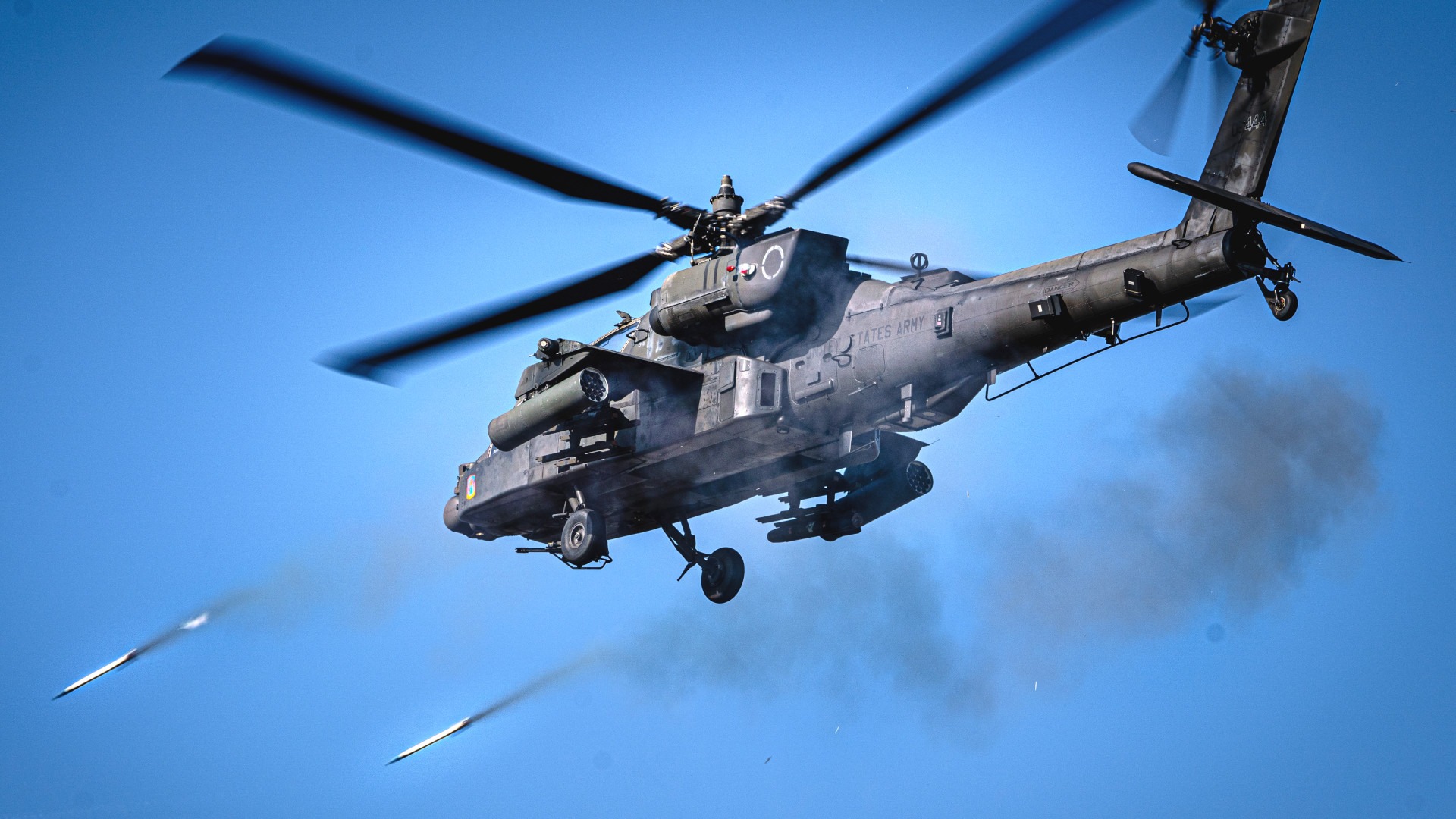Los cohetes Hydra de 70 mm son empleados por las FFAA de EEUU y decenas de países desde los 60’s del siglo pasado. Han recibido sucesivas modificaciones, la más importante de las cuales es la incorporación del kit de guiado APKWS (Advanced Precision Kill Weapons System). El US Army ha convocado a la industria para avanzar en el desarrollo de nuevas versiones de estos confiables y económicos sistemas, especialmente para su utilización en el combate “Contra- drones” (C-UAS) y su lanzamiento desde plataformas aéreas o terrestres. De esta manera, sobre la base del éxito y experiencias obtenidas por los Hydra 70mm en innumerables conflictos y décadas de servicio, nuevas modernizaciones le permitirán seguir teniendo un rol destacado en futuras guerras.
The U.S. Army has opened the door to potentially acquiring new types of 70mm rockets that are similar, but different from the Hydra-70 family it employs today. The service is exploring options for how to bolster its stocks of Hydra-70s or “Hydra-like” rockets amid significant demand. Originally developed for air-to-surface use, Hydra 70s combined with the Advanced Precision Kill Weapon System II (APKWS II) laser guidance package have emerged in recent years as a key anti-air weapon against drones.
The Army’s Aviation Rockets and Small Guided Munitions (ARSGM) Product Office, which manages the Hydra-70 program, recently released briefing slides from an industry day event it held with prospective contractors in July. The Hydra-70 family is currently in service across all branches of the U.S. military, as well as with dozens of foreign armed forces. Guided and unguided variations can be employed from a wide array of fixed-wing aircraft and helicopters, as well as a growing number of ground-based platforms. Hydra-70 rockets have a modular configuration that consists of a standard rocket motor mated to one of a number of different warheads. The APKWS II guidance package, a separate program the U.S. Navy manages, slots in between the motor and warhead.
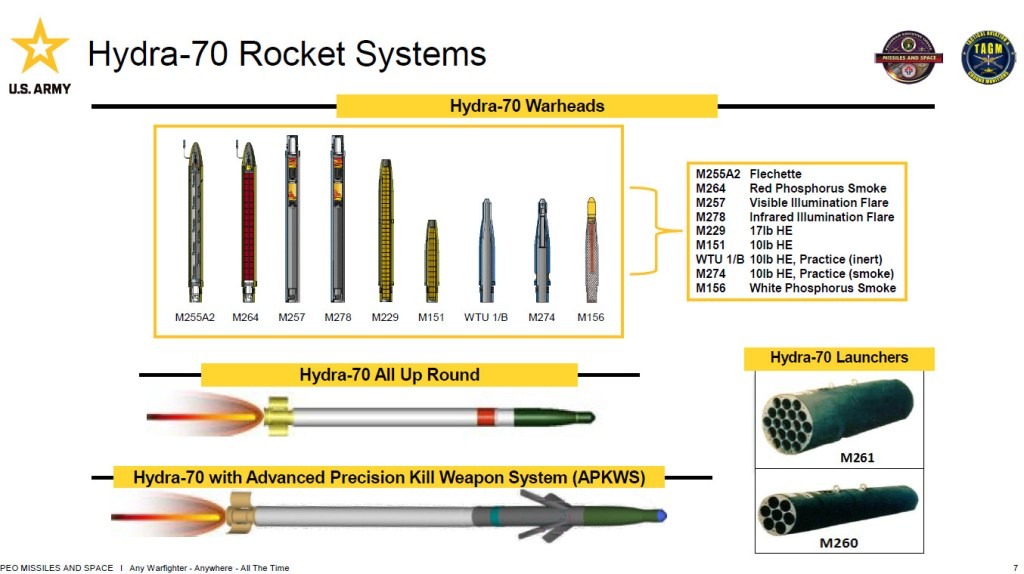
More than 1.7 million Hydra-70-series rockets have been fired in the course of combat operations, training, and test and evaluation activities in the last decade, with the Army alone firing more than 100,000 just in training each year, according to the briefing from the ARSGM Product Office. The current maximum production rate is 330,000 rockets per year, but fewer than that are typically produced annually.
Especially in light of Hydra-70’s new counter-drone role, the evolution of which TWZ has been following closely, demand for the rockets looks set to continue to be high, if not grow significantly, in the future. This is where alternative options might come into play.
“Alternative design submissions are welcome,” according to the Army’s July briefing, but contractors will need to “build [a] business case for adoption to offset qualification and integration costs.”
Any alternative design has to be able to reach targets out to at least around 5 miles (eight kilometers), or 4.3 miles (seven kilometers) in a precision-guided configuration, and have high-explosive, flechette, and training warhead options. The rockets also need to be compatible with the APKWS II guidance section and the Army’s standard 19-shot 70mm M261 rocket pod.
There are other 70mm rockets on the market now. This includes the Canadian CRV7, which has a similar modular design to the Hydra-70 and can be assembled using the same warheads, as one obvious option. A guided CRV7-PG variant has also been developed, but it does not use the APKWS II package. Roketsan in Turkey and Thales in Belgium also produce laser-guided 70mm rockets with proprietary seekers.
It is worth noting here that the Army has also been looking ahead to a follow-on to Hydra-70, which it has referred to as Hydra II, with a particular focus on extended range (up to around 7.5 miles/12 kilometers). It envisions that munition, whatever form it might take, as entering service in the 2035 timeframe.
The Army is still interested in options for bolstering production of the Hydra-70 family, which has the added benefit of being a U.S. government-owned design that is not locked to a particular company. The service says it is also working to further modernize that technical design package. This could include allowing the use of additive manufacturing/3D printing to make certain components, which could help accelerate and/or streamline production, and reduce costs.
“Your white papers will inform the Army’s contracting strategy/strategies for future procurement of Hydra-70 rocket systems,” the July briefing notes.
The future only looks set to see more demand for Hydra-70 (or similar designs), in general. APKWS II had already breathed additional life into the rockets, which trace their roots back to the 1960s and evolved from the earlier Mighty Mouse 2.75-inch folding-fin aerial rocket developed right after World War II. Combined with the array of available warhead options, APKWS II-equipped Hydra-70s are very flexible, as well as lower-cost precision-guided munitions. A new dual-mode version of APKWS II that adds an imaging infrared seeker to the existing laser guidance package is now in development, which will offer a further boost in capability against surface and aerial targets.
The infusion of anti-air capability has added a further new dimension to the Hydra-70 program. The U.S. military has already fielded, or facilitated the fielding to allies and partners, of multiple counter-drone systems with APKWS II-equipped rockets as their effectors, including Humvee-mounted and containerized types. Other ground-based platforms capable of employing the laser-guided rockets against air and surface targets have also been demonstrated.
Ukrainian forces have notably used Humvee-mounted launchers for APKWS II-equipped Hydra-70 rockets against drones, as well as targets on the ground, in combat. You can read more specifially about the VAMPIRE counter-drone systems that Ukraine has received from the United States here. Ukraine has also gotten significant stocks of guided and unguided 70mm rockets from its foreign partners, especially from the U.S. military, and also regularly uses them in the more traditional air-to-surface role.
In the air, U.S. Air Force F-15E Strike Eagle, F-16C Viper, and A-10 Warthog combat jets are now cleared to employ specially configured Fixed-wing Air-Launched Counter-UAS Ordnance (FALCO) variants of the Hydra-70 in the air-to-air role. More fixed-wing aircraft, including Marine and Navy F/A-18s, are likely to gain this capability as time goes on. In addition to warheads with proximity fuzes, the FALCO rockets have APKWS II guidance packages with “air-to-air optimized guidance and sensing algorithms,” according to the Army’s July briefing. TWZ has led the reporting on these developments all the way back to the first public disclosure of a test of this air-to-air APKWS II capability in 2019.
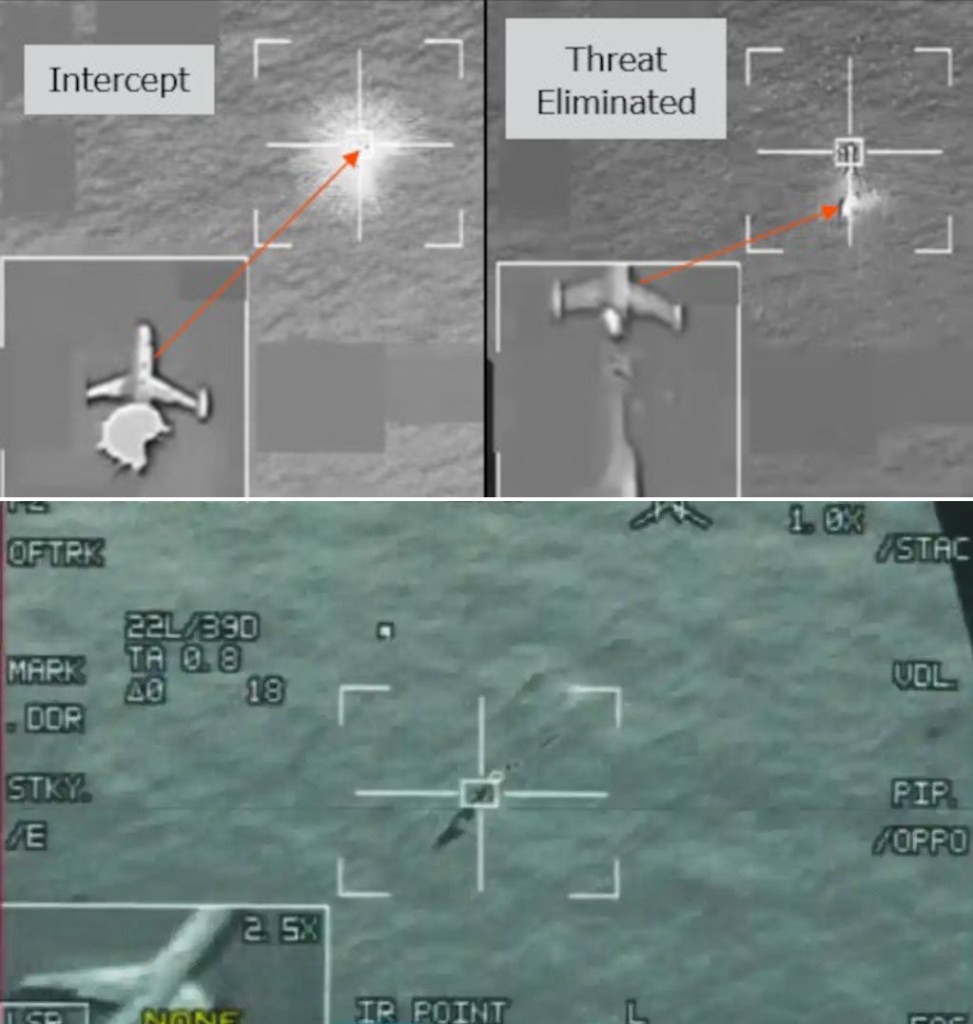
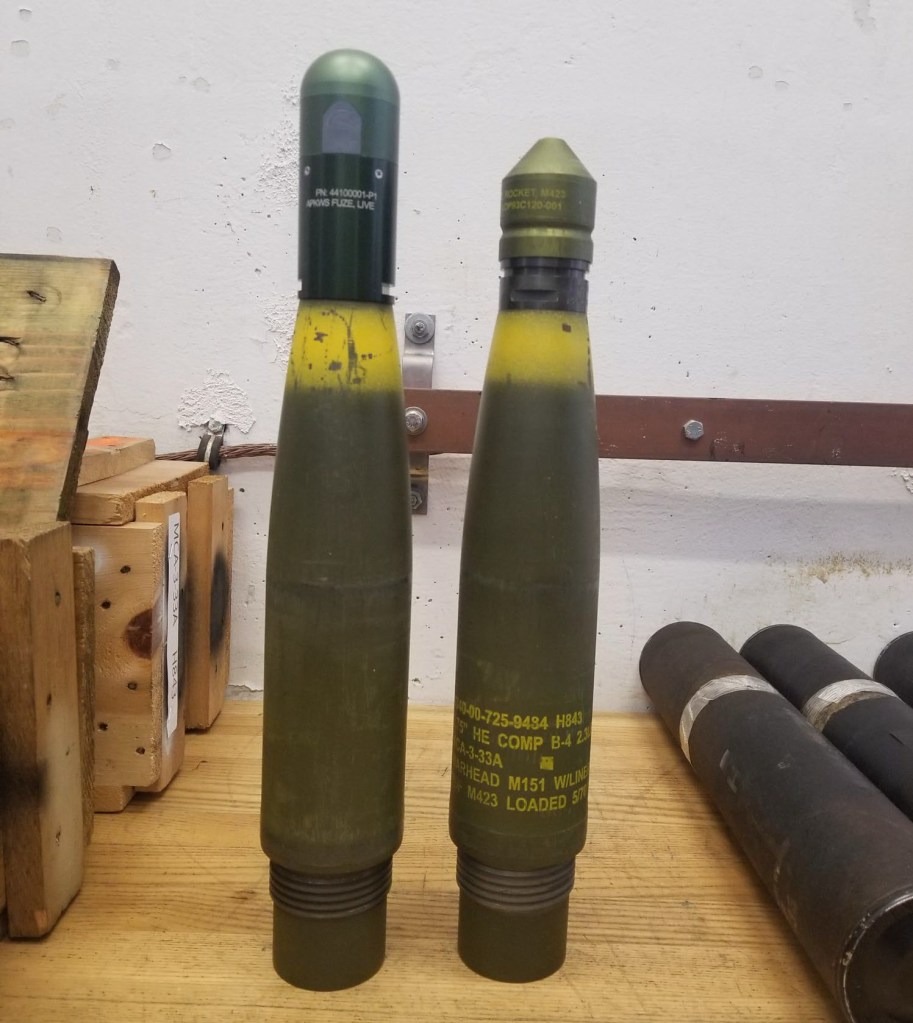
There has also been work on Hydra-70-based systems for potential shipboard use, including in the anti-drone role. As an interesting aside, Anping class patrol ships in service with Taiwan’s Coast Guard are armed in part with a 2.75-inch/70mm rocket system consisting of six seven-shot pods on a remotely operated weapon station.
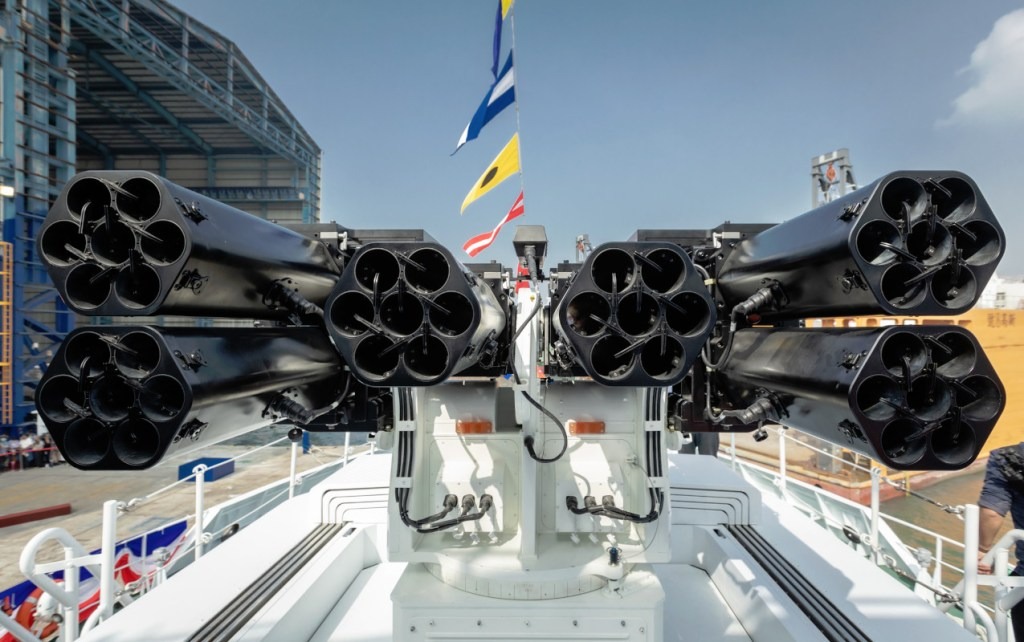
Whether or not the Army ultimately pursues alternative 70mm rocket options, the service clearly sees Hydra-70s or “Hydra-like” rockets playing important roles on battlefields for years to come, including now as anti-air weapons against drones.
Fuente: https://www.twz.com

